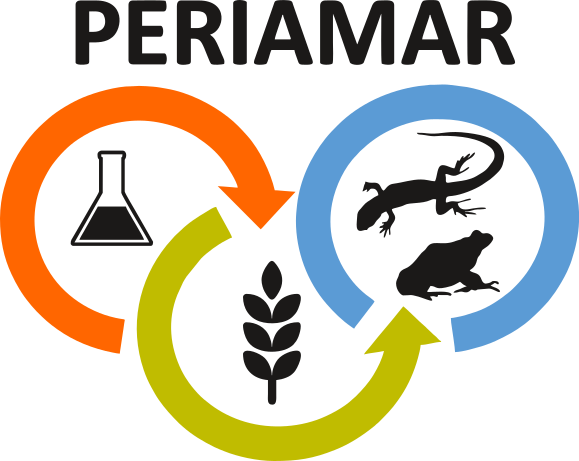 WG3 » Reduction and replacement
WG3 » Reduction and replacement
Intro
WG3. Leader: Annette Aldrich.
- Select species or groups of species on which risk assessment should focus as focal species, as well as candidates for model species for toxicity testing and population modelling.
- Model how the effects described at individual level can be extrapolated to population-level effects in realistic landscape conditions.
- Identify chances of minimising the use of in vivo amphibian and reptile models to build the pesticide ERA scheme, either through surrogates currently used in ERA or through other replacement methods.
- Alexandra Esther
- Andreas Focks
- Andreu Rico
- Anna Ekner-Grzyb
- Annette Aldrich
- Can Ozgur YALCIN
- Cecilia Berg
- Chris Topping
- Cynthia Munoz
- Elena Alexandra Telea
- Gledjan Caka
- Hana Kubátová-Hiršová
- Ioannis Vogiatzakis
- Isabel Lopes
- Jan Sadowski
- Laurentiu Rozylowicz
- Ledia Vasjari
- Lennart Weltje
- Manuel Ortiz
- María Victoria Pablos
- Marta Monteiro
- Mathieu Denoël
- Mattia Meli
- Miguel Oliveira
- MIroslav Slavchev
- Neftalí Sillero
- Oliver Jakoby
- Peter Vermeiren
- Philippe Berny
- Rachel Sharp
- Raluca Bancila
- Rastislav Sabo
- Silvia Pieper
- Simeon Lukanov
- Valentin Mingo
Tasks
Task 3.1. Proposal of focal species of amphibians and reptiles for pesticide ERA.
A focal species should be representative for all other species susceptible of being at risk from pesticide use. The first condition for a focal species, its presence in areas of pesticide exposure, will be assessed from the results of task 2.1. Then, the different aspects of biological, physiological and ecological traits accounting for increasing risk need to be evaluated to propose Europe-wide and/or region- or crop-based focal species of amphibians and reptiles, and also to incorporate species-driven ERA if there are endangered species at particular risk from pesticide use.
Task 3.1. Leader: Valentin Mingo.
Task 3.2. Landscape models
Landscape-based population models can serve to estimate how populations will fluctuate in response to effects of a given magnitude on specific individuals or life stages. Models are also useful to support the definition of protection goals at the population level, for instance by identifying which life stages are the most determinant in maintaining population growth rates. The implementation of landscape models in pesticide ERA may avoid highly demanding field monitoring to quantify effects of pesticides on populations.
Task 3.2. Leader: Chris Topping.
Task 3.3. Chances of inter-taxonomical surrogacy in pesticide ERA for amphibians and reptiles.
Pesticide ERA involves testing a variety of organisms as surrogates for other taxa. Endpoints derived from tests with surrogates are used to indicate toxicity on other non-target species that are not tested. The identification of possible indicators in the array of endpoints delivered by surrogates to flag a risk to amphibians and reptiles will help screening substances with high risks to these groups. Whereas full predictability of risks to a non-assessed group is difficult to achieve, there are chances to make predictions for the effects of certain groups of substances or modes of action on amphibians and reptiles. The identification of suitable surrogates will maximise parts of ERA that will not require additional testing or animal use.
Task 3.3. Leader: Annette Aldrich.
Task 3.4. Potential to use replacement methods for exposure and toxicity assessment in amphibians and reptiles.
When toxicity assessment becomes necessary for amphibians and reptiles, it is essential to explore replacement methods, including application of in vitro or in silico models, to improve predictability of effects before proposing specific tests in vivo.
Task 3.4. Leader: Isabel Lopes.
